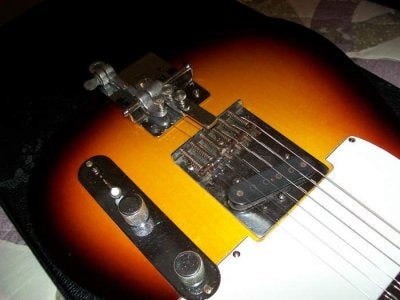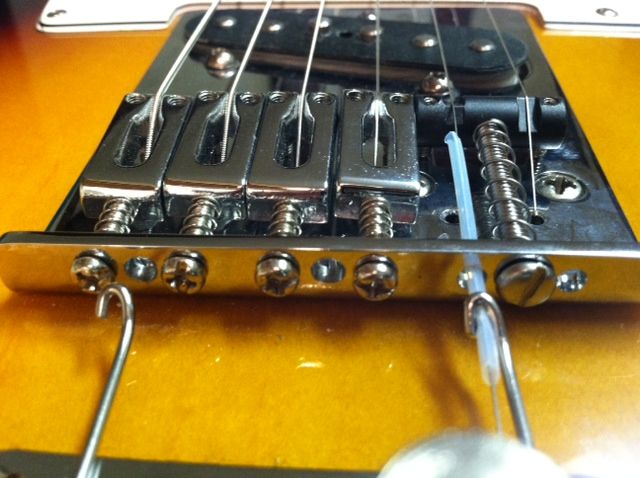fiveightandten
TDPRI Member
Hey all. I want to pick up a Hipshot bender and i'd like to install it on my Mexican Standard Tele so i'm not drilling the body or bridge in a more expensive guitar.
I don't see any room to drill the back of the bridge above the intonation string. This may be a silly question, but how are you guys installing a bender on this bridge?
Just want to get my ducks in a row before ordering a bender. Thanks in advance!
-Nick
I don't see any room to drill the back of the bridge above the intonation string. This may be a silly question, but how are you guys installing a bender on this bridge?
Just want to get my ducks in a row before ordering a bender. Thanks in advance!
-Nick






